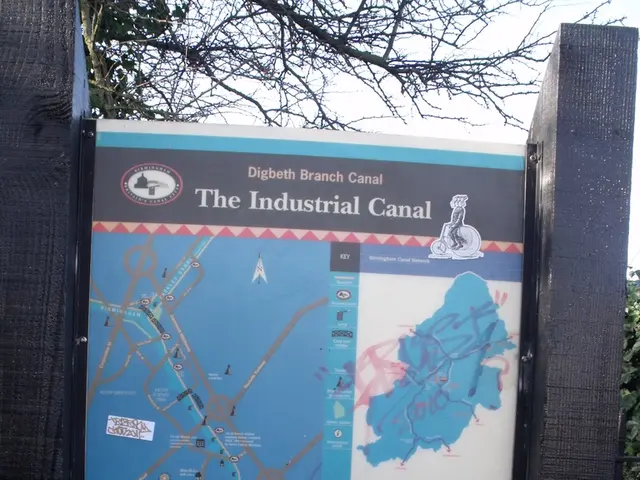Turkey, Syria, and Jordan Revive Historic Hejaz Railway
Turkey, Syria, and Jordan have agreed to revive the historic Hejaz Railway, marking the first significant effort to restore this Ottoman-era line in decades. The project aims to rebuild economic ties, create new trade routes, and preserve a shared heritage.
The Hejaz Railway, originally built over a century ago, connected Damascus to Medina, carrying pilgrims, soldiers, and traders across deserts. After being sabotaged during the First World War and operating sporadically, it was eventually abandoned in the mid-20th century.
The revival of this railway represents a chance to unlock trade corridors stretching from Istanbul to the Red Sea and onward to Saudi Arabia and Africa. For Syria, it could mean new opportunities for commerce, while for Turkey and Jordan, it strengthens supply chains and preserves a piece of history.
Turkey has committed to assisting in the construction of a 30-kilometer railway section in Syria and drawing up a master plan for the project. Jordan, meanwhile, will explore its capabilities for locomotive maintenance and assess its technical capacity.
Once completed, the revived Hejaz Railway will serve as a journey into history, a bridge between nations, and a reminder of the promise of peace and prosperity. With Turkey, Syria, and Jordan working together, this project could transform the region's economic landscape and reclaim a shared heritage.








